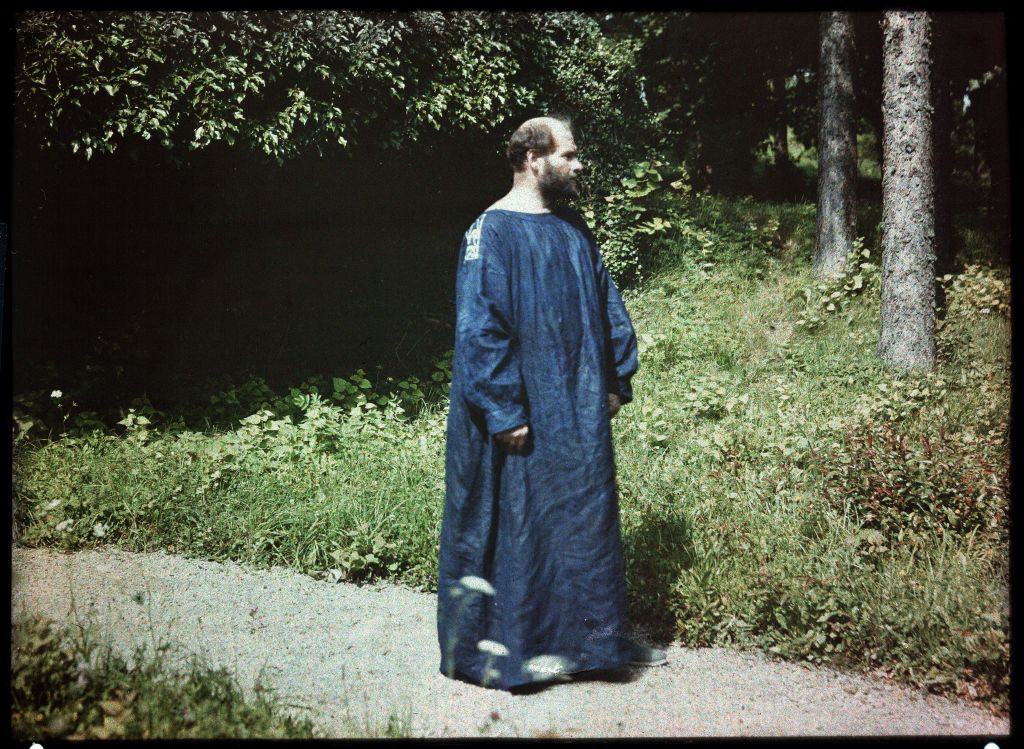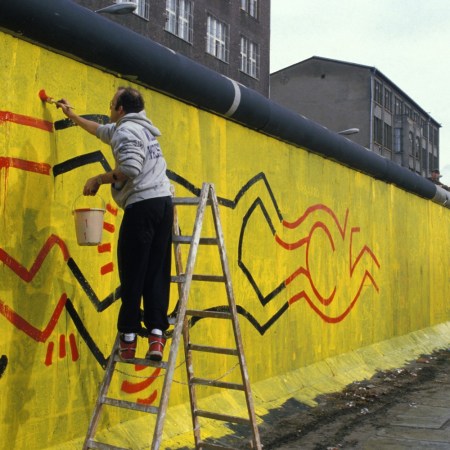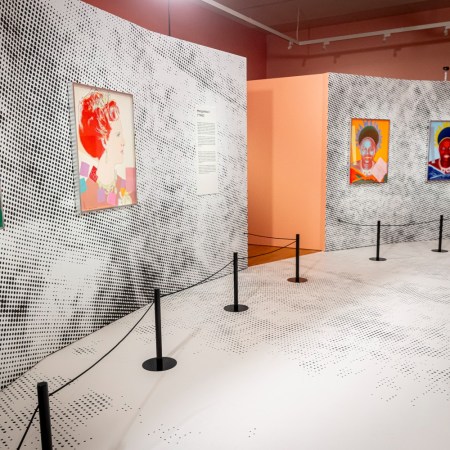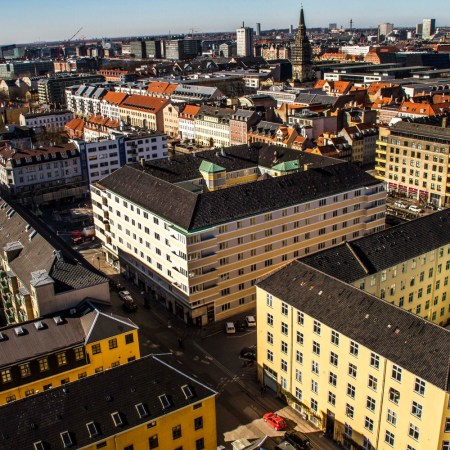Can technology create a work of art? That’s one big question for anyone with an interest in aesthetics or philosophy might need to grapple with. But recently, another grand question has been posed by technological advances — namely, can an artificial intelligence replicate the work of an existing artist?
That came up last month, when news broke that an AI had completed Beethoven’s unfinished Tenth Symphony. And now, another AI has made a foray into a different creative discipline. In this case, the circumstances are a little different. As Shanti Escalante-De Mattei reports at ArtNEWS, a Google initiative attempted to replicate the original appearance of a trio of the artist’s works.
Klimt’s paintings Medicine, Philosophy, and Jurisprudence were commissioned by the University of Vienna, but were ultimately sold when the university balked at their content. In 1945, the paintings were destroyed in a fire; since then, all that has remained are black-and-white photographs.
The article describes a collaborative effort between the Google Arts & Culture Lab and Vienna’s Belvedere museum. Curator Franz Smola researched Klimt’s use of color, both across the breadth of his work and in specific paintings with motifs that echoed the three that were destroyed. Algorithms and machine learning also played a part in the restoration project — part of a larger Google effort to spotlight Klimt’s work.
We’re living through a moment when unfinished creative work is coming back into the spotlight — from a high-profile adaptation of an incomplete Jane Austen novel to the Met Breuer’s 2016 show Unfinished. What happens when that interest dovetails with technological advances? We’re watching as it happens.
Thanks for reading InsideHook. Sign up for our daily newsletter and be in the know.


















